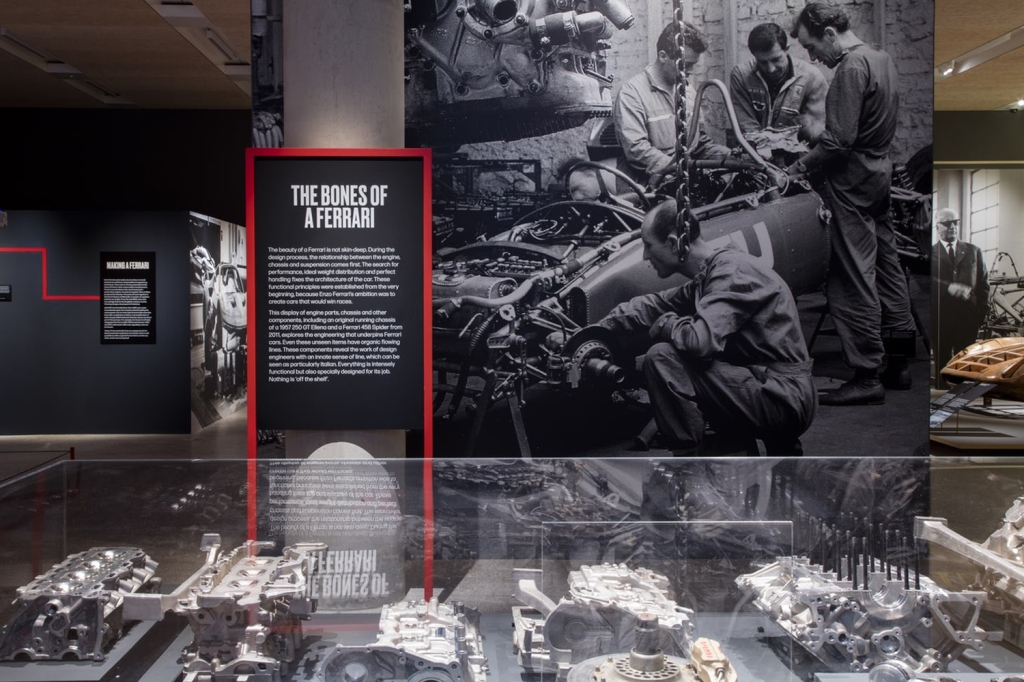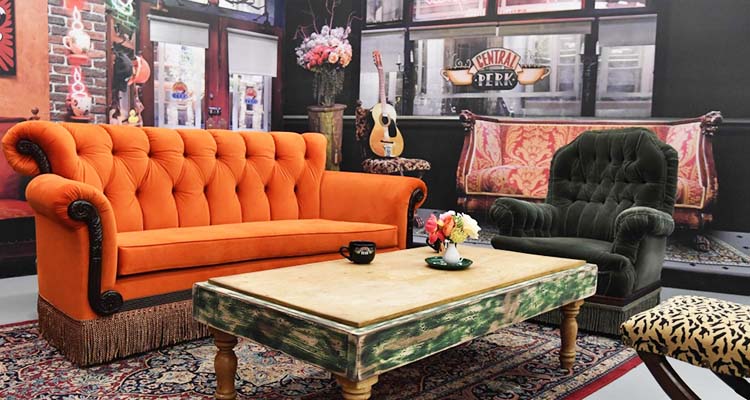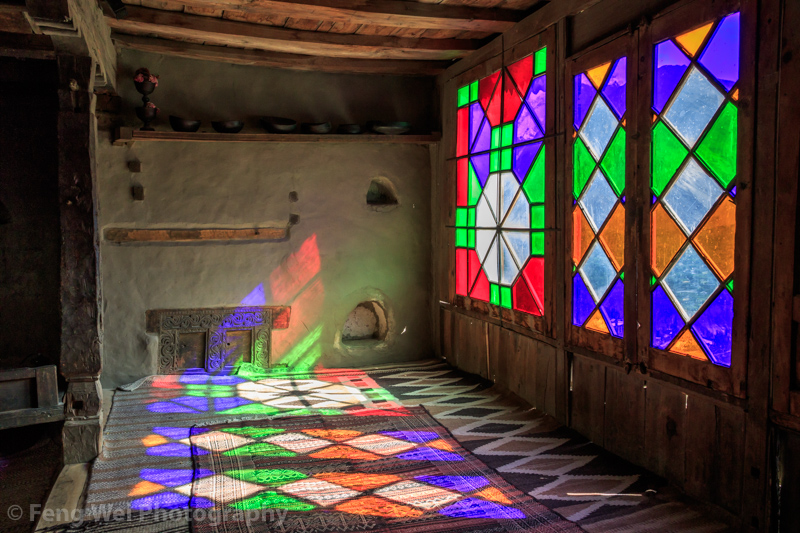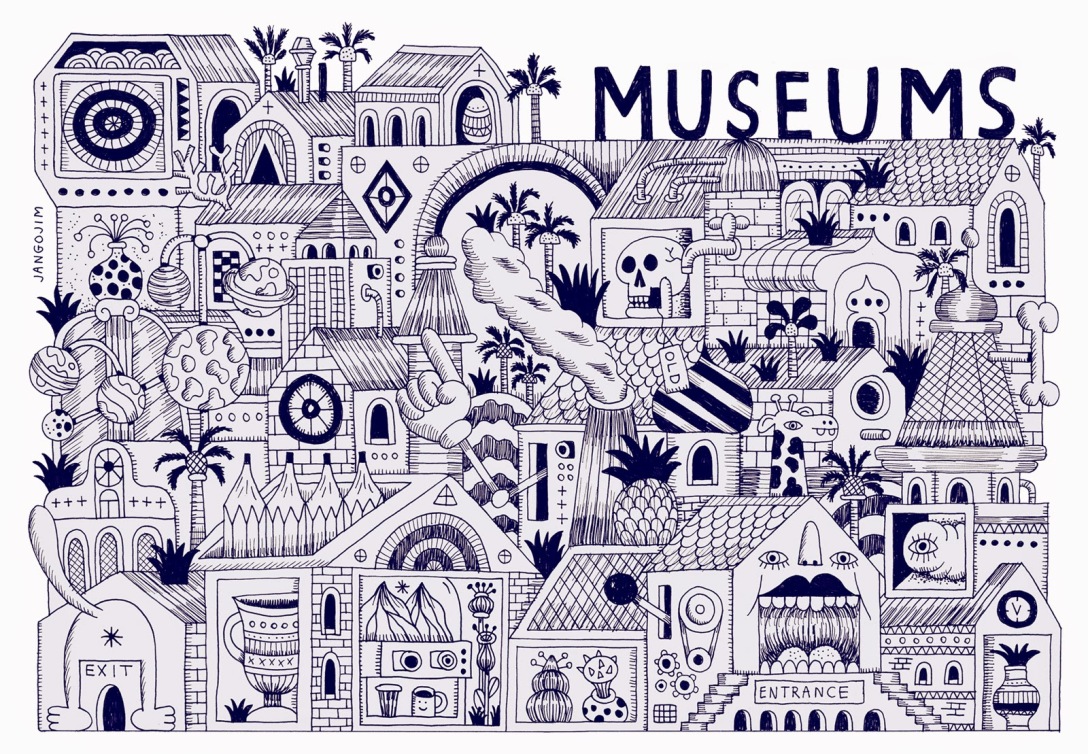Archiving Stories
Archiving is the process by which inactive information, in any format, is securely stored for long periods of time. Such information may – or may not – be used again in the future, but nonetheless should be stored.

The class was initiated by sharing visuals of Ferrari Museum that our facilitator took with his family in London. In all honestly, I love such pictures; I love pictures with a human touch, I love imagining what the daughter must be thinking, what the son might be indulged in, what the wife might be observing. It creates another layer, a layer of emotion, it makes you want to walk on the same steps again. I’m dramatic, I know.
THE BONES OF A FERRARI

Speaking of drama, while talking about museums, I kept thinking about Julia Child – an american-french chef, one of the pioneer’s of cooking books. Her kitchen is up for display in America and it just makes me smile whenever I think about it. A layperson, a woman, a chef, and her kitchen, a place she spent ordinary days in, is open for the public to be inspired from. Another example is of friends museum, and how it’s the first TV show in the history that became so famous that it has a museum. How wonderful to think that there are museums of ordinary humans, for ordinary humans.

Another example is of friends museum, and how it’s the first TV show in the history that became so famous that it has a museum. How wonderful to think that there are museums of ordinary humans, for ordinary humans.

The traditional role of museums is to collect objects and materials of cultural, religious and historical importance, preserve them, research into them and present them to the public for the purpose of education and enjoyment.
CAM’99-EmmanuelArinze.Guyana
Archiving Art
Art has always been inaccessible -you must stand with 6 feet distance, you mustn’t breathe on it, you can’t touch it, it has a price tag that might make you dizzy, it is made by people who are not reachable – by putting a frame, setting lights, you’re separating art from the public, the ordinary. Museums and exhibitions are curated in such a manner that the people sitting up beyond, can say it out and loud “we are unreachable” to the public. These are just random thoughts. The kind of museums I like are performative. A walk into the history, a feeling to breathe in.

This is Baltit Fort in Hunza.

This takes me to another comment I stumbled upon recently.
In his fascinating Ted Talk “Weaving Narratives in Museum Galleries,” Metropolitan Museum of Art president, Thomas Campbell says “Nothing replaces the authenticity of the object presented with passionate scholarship. Bringing people face-to-face with our objects is a way of bringing them face-to-face with people across time, across space, whose lives may have been different from our own but who, like us, have hopes and dreams, frustrations and achievements in their lives.”
Joan Wages, Contributor
President & CEO, National Women’s History Museum and a leading advocate for integrating women’s history into American culture.

